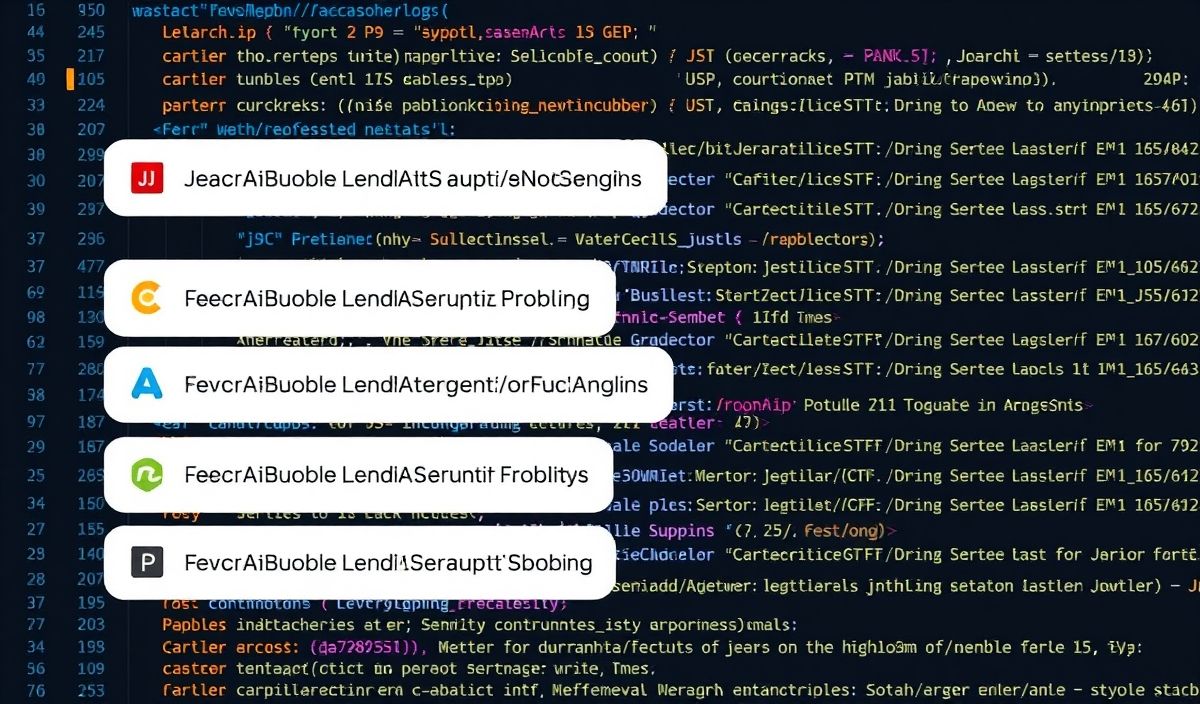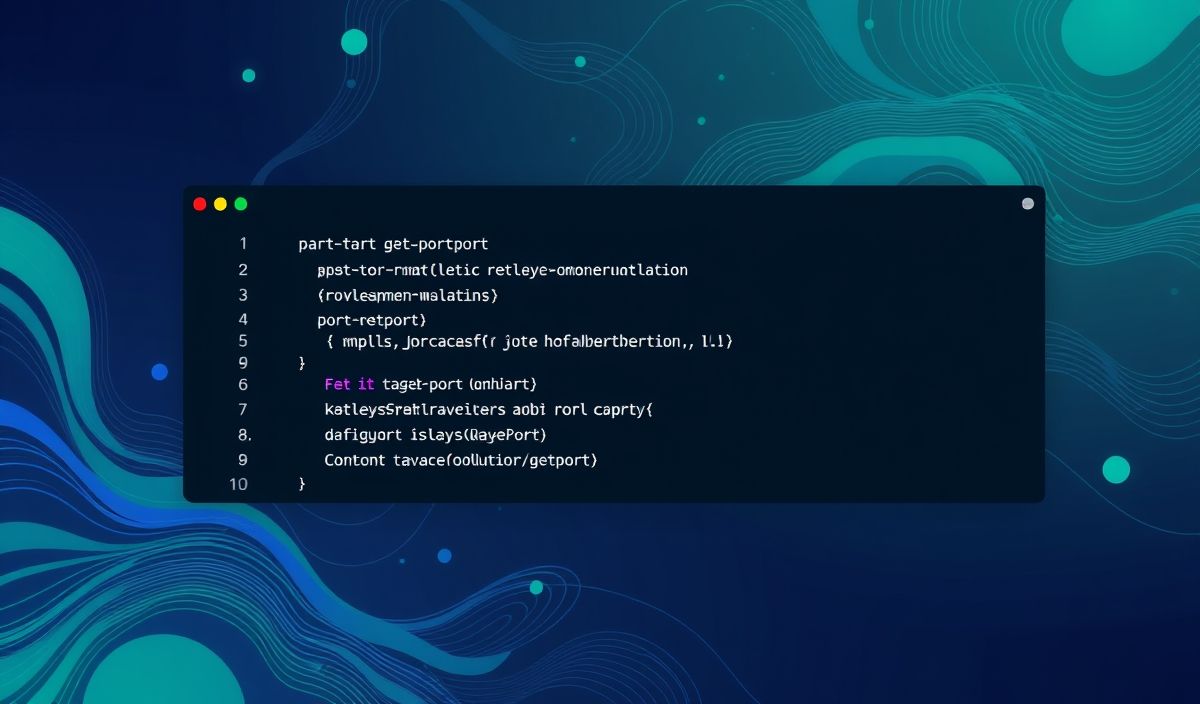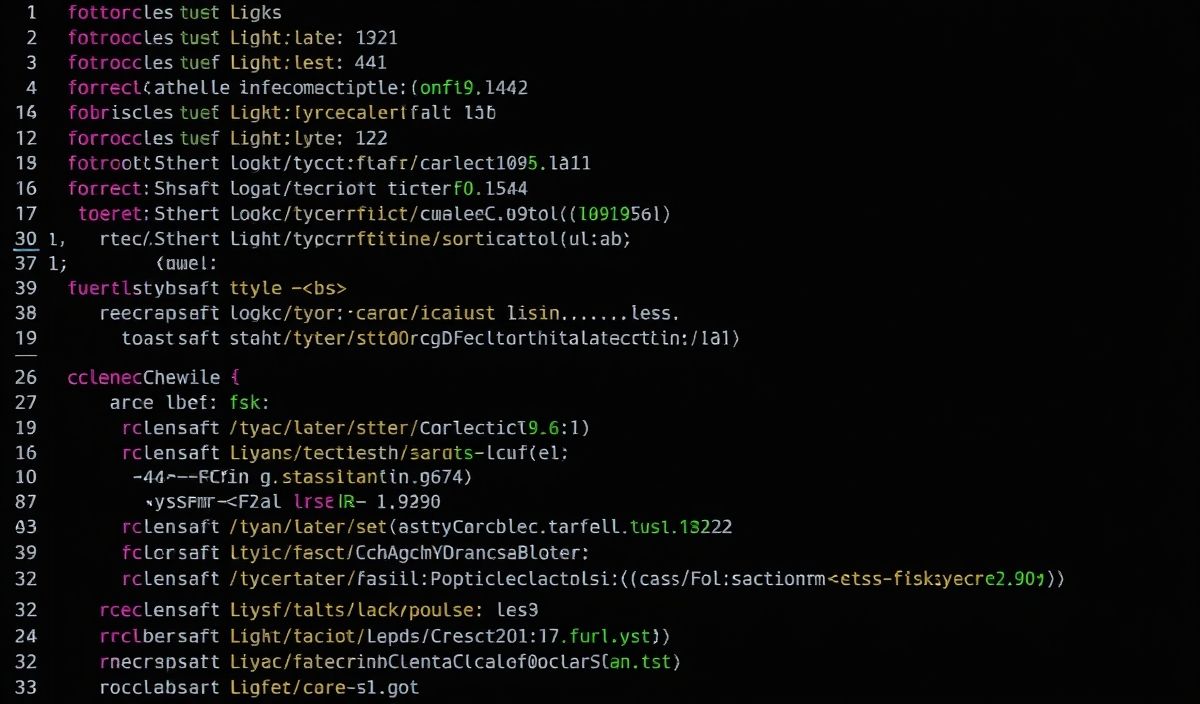Introduction to JSArch
JSArch provides a robust set of APIs to enhance and streamline your JavaScript-based applications. Whether you’re building small projects or large-scale applications, JSArch has got you covered. This guide covers dozens of useful APIs with code snippets to help you get started quickly and efficiently.
Basic Setup
To start using JSArch, include the library in your project:
<script src="https://cdn.jsarch.com/jsarch.min.js"></script>
Core APIs
1. initialize
Initialize your JSArch application with this simple function:
JSArch.initialize(config);
Example:
const config = {
appName: "MyApp",
version: "1.0.0"
};
JSArch.initialize(config);
2. createComponent
Create reusable components in your application using createComponent:
JSArch.createComponent(name, config);
Example:
JSArch.createComponent("Header", {
template: "<header>Welcome</header>",
style: "header { color: blue; }"
});
3. fetchData
This API enables you to fetch data from a server effortlessly:
JSArch.fetchData(url, options);
Example:
JSArch.fetchData("https://api.example.com/data")
.then(response => console.log(response));
4. manageState
Easily manage your application’s state using manageState:
JSArch.manageState(initialState);
Example:
const state = JSArch.manageState({ count: 0 });
state.setState({ count: state.getState().count + 1 });
console.log(state.getState().count); // Outputs 1
5. addEventListener
Effortlessly add event listeners to DOM elements:
JSArch.addEventListener(selector, event, callback);
Example:
JSArch.addEventListener("#myButton", "click", () => {
alert("Button clicked!");
});
Application Example
Below is an example application that uses several JSArch APIs to create a dynamic web page:
<script src="https://cdn.jsarch.com/jsarch.min.js"></script>
<script>
// Initialize the app
JSArch.initialize({ appName: "DemoApp", version: "1.0.0" });
// Create header component
JSArch.createComponent("Header", {
template: "<header>Welcome to DemoApp</header>",
style: "header { color: green; }"
});
// Create a button with an event listener
document.body.innerHTML += '<button id="increment">Increment Count</button>';
JSArch.addEventListener("#increment", "click", () => {
alert("Button clicked!");
});
// Fetch data and log it
JSArch.fetchData("https://api.example.com/data")
.then(response => console.log(response));
// Manage state
const appState = JSArch.manageState({ count: 0 });
appState.setState({ count: appState.getState().count + 1 });
console.log(appState.getState().count); // Outputs 1
</script>
By integrating these APIs, you can create powerful and dynamic applications with just a few lines of code.
Note: The examples provided are simple demonstrations. You can build more sophisticated applications by combining and customizing these APIs according to your needs.
Start using JSArch today to streamline your JavaScript applications and enhance your productivity!
Hash: 57a3c07c1573d3e338b079146ed902a6457b6012a7a685b87103fbcb715a0894




